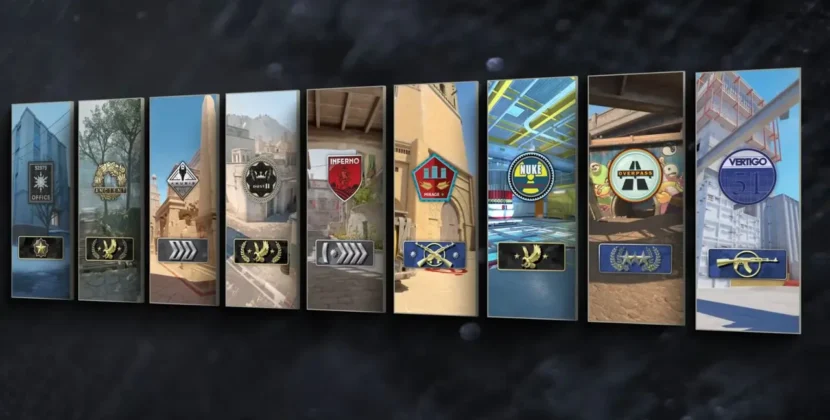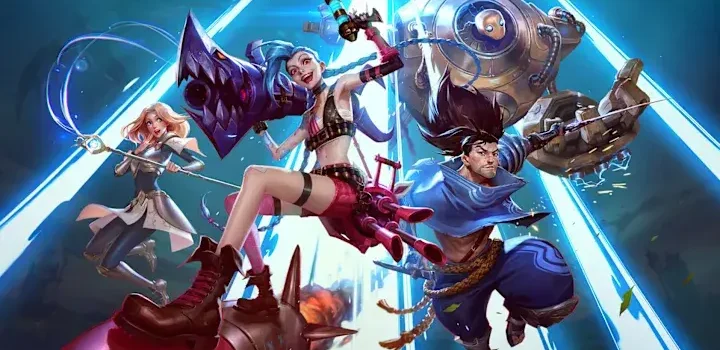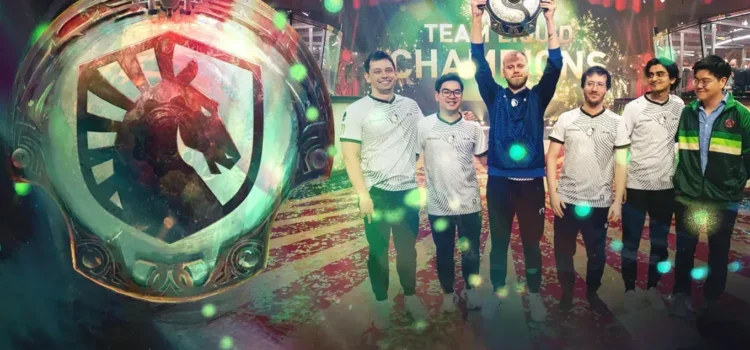
League of Legends players around the world have been left frustrated as the game’s servers unexpectedly went offline. As a result, many users are encountering issues, particularly with logging in and accessing competitive gameplay. Here’s what we know so far about the situation, potential causes, and when players can expect the servers to be back up.
The Server Outage: What Happened?
On the evening of November 5, 2024, at approximately 6:00 P.M. EST, League of Legends servers worldwide went down without warning. Players who tried to log into the game were met with an error message that reads: “There was an unexpected error with the login session. Please try again.” This unexpected shutdown has affected players across different regions, leading many to take to social media platforms like X.com and Reddit to report the issue.
As of 7:06 P.M. EST, the servers were still down, and users continued to experience difficulties logging into their accounts. Notably, players in EU regions reported that the servers remained offline, and many users shared that they were unable to participate in Ranked queues due to glitches and connection issues. With the Ranked mode being one of the most popular features of League of Legends, these problems have created significant frustration among competitive players.
What’s Causing the Outage?
As of now, Riot Games, the developer behind League of Legends, has not provided specific details about what caused the server shutdown. While such outages are not uncommon in online multiplayer games, the lack of communication from Riot has left many players speculating about potential reasons.
The issue could be related to server maintenance, which sometimes happens unexpectedly to address bugs or implement updates. Alternatively, it could be the result of a more significant technical failure, such as a hardware issue or a software bug affecting the game’s infrastructure. Riot Games has not confirmed any details about the cause, but they have assured players that they are investigating the issue.
While server outages can occasionally be the result of external factors such as cyberattacks, there is currently no indication that such a situation is at play here. Players will likely have to wait for Riot Games to issue an official statement with more details.
When Will the Servers Be Back Online?
As it stands, there is no official timeline for when the servers will be restored to full functionality. Riot Games is aware of the issue and is working on resolving it, but due to the ongoing nature of the outage, it’s hard to predict exactly when players will be able to log in again.
Some reports suggest that a few LAS servers have come back online as of 7:06 P.M. EST, but widespread issues are still being reported across various regions. Players are advised to remain patient as Riot Games works on a fix, and they should keep an eye on the company’s official social media channels and website for updates.
Given that League of Legends is a global game, outages can sometimes take longer to resolve, especially if the issue is affecting server clusters in multiple regions. However, Riot Games has a history of responding quickly to such issues, and players are hopeful that normal service will resume soon.
The Impact on Ranked Play
For many players, the Ranked mode is the main draw of League of Legends, offering a competitive environment where they can test their skills against others. As the servers remain down, users have expressed their frustration over being unable to play in Ranked matches. This is particularly frustrating for those in the middle of important promotions or during a hot streak in their games.
In addition to the Ranked queue issues, some players have also reported glitches affecting their gameplay experience even in standard modes. These issues can range from lag spikes to unexpected crashes, further compounding the problem for those eager to jump back into action.
What’s Next for League of Legends?
While it’s impossible to say exactly when the servers will be back up, players can expect Riot Games to continue working on the issue and providing updates as they progress. It’s likely that the developers will issue a patch or a fix to restore service as quickly as possible, but it’s important for players to remain patient as the team works through the technical challenges.
During this downtime, League of Legends enthusiasts can explore other esports titles, including Valorant, Apex Legends, Fortnite, and Pokémon, which have similarly large player bases and active communities. For those interested in keeping up with the latest in esports news and updates, sites like Esports Illustrated and SI.com are great resources for breaking news and analysis.For updates on the current outage, players are encouraged to check SI Sportsbook for any betting news related to League of Legends and SI Tickets for esports event details. Stay tuned to SI Esports for the latest on this and other esports developments.

















